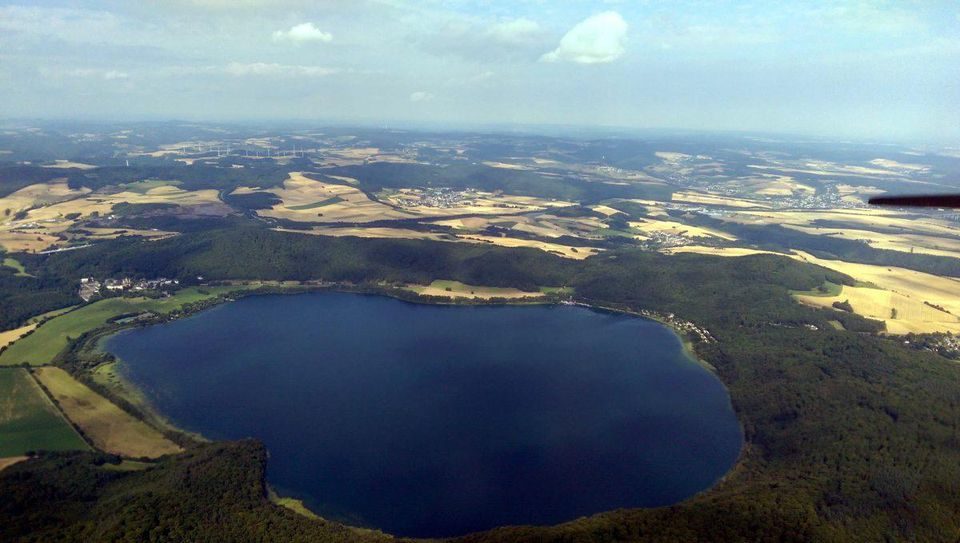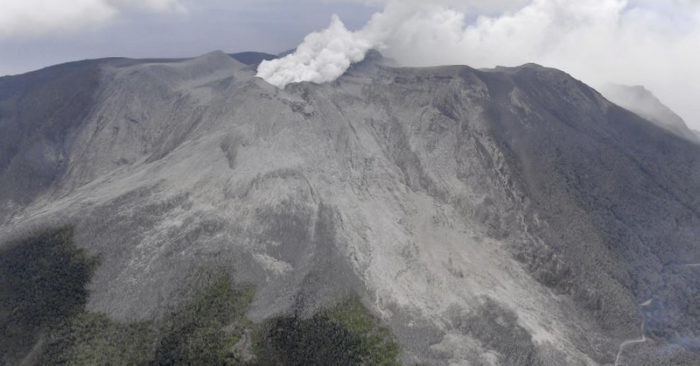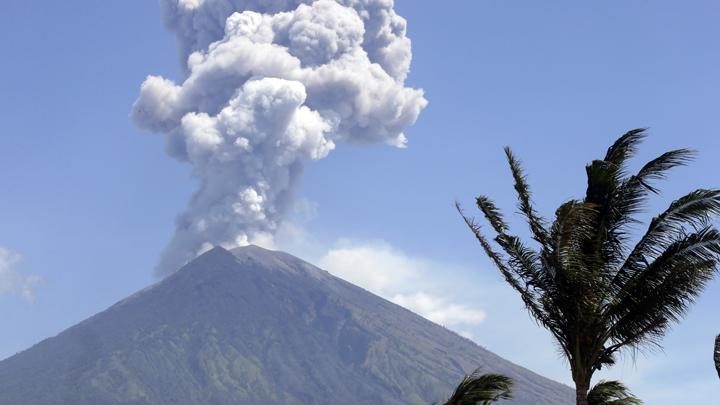
© DF1PAW/WIKIMEDIA COMMONS; CC BY-SA 4.0Laacher See caldera, as seen today.
When it comes to active volcanoes, what country first comes to mind?
Japan, perhaps? The
US? What about
Italy? These are all excellent examples, and understandably so. They have a wide range of fiery mountains that, at some point in the last 12,000 years, have erupted - a condition that, per the United States Geological Survey, makes them "active."
It's easy to forget that plenty of once-prolific volcanoes around the world have long fallen silent; geologically tame countries were often once replete with effusive or explosive eruptions. Just take Germany's Laacher See Volcano (LSV), found in the Eifel mountain range within the Rhineland-Palatinate state. This lake-filled cauldron ("caldera") is a rather serene site today, but it was originally forged out of fury.
Around 12,900 years ago, a cataclysmic eruption, one that coated plenty of Europe in ash, was responsible for creating the crater-like edifice that we can see there today.
Make no mistake: coming in at a 6 on the Volcanic Explosivity Index (VEI), which tops out at 8, this was an unmistakably huge eruption. Today, according to
Volcano Discovery, it's the only caldera in Central Europe, which means that in the last 12-13,000 years, this part of the world has never seen an eruption as powerful as the one that formed LSV.
Its days of volcanism aren't necessarily done and dusted, though. A new study, published in
Geophysical Journal International, reveals that there are some curious rumblings going on beneath LSV.
These specific tremors, known as deep low-frequency earthquakes, are a clear sign that magmatic fluids are on the move.That's certainly noteworthy. The
East Eifel Volcanic Field, of which LSV is part of, hasn't experienced an eruption for roughly 12,000 years, so the movement of magma beneath the surface is something that volcanologists are keen to document and comprehend.

